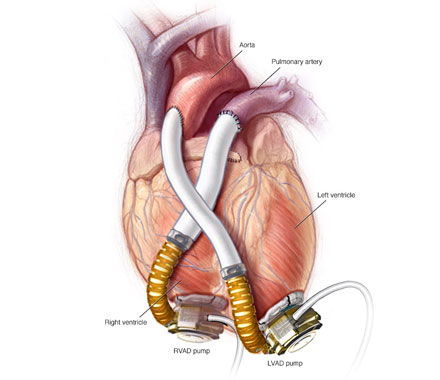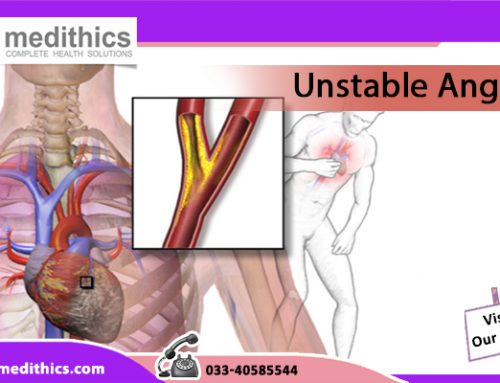A left ventricular assist device (LVAD) helps a heart do its work. It is put inside your chest to help your heart push out oxygen rich blood. LVAD is helpful for people who have gone through an open heart surgery and their heart needs some rest. It is also helpful for people who are going to go through a heart transplant, and their heart isn’t in the shape to do its work effectively. Nowadays, a permanent LVAD is also used on people. But it is for those who can’t go through a heart transplantation due to poor health even though they need it.
Overview
The similarity between your heart and an LVAD is that they are both basically pumps. The difference between the two is that an LVAD unlike your heart requires to be recharged through its power pack at night.
LVAD is connected to your body, one end of it is attached to your left ventricle and another is attached to the aorta. Through your skin a tube passes that connects to the device. The tube is coated with a material that helps heal the area faster. During an open’heart surgery, the LVAD along with its wires are planted in your body. A power pack, which needs recharging, a reserve power pack, and a computer controller remain outside.
Before the treatment
Your heart specialist will sit you down and allay your fears about the surgery. You might need to go through various X’rays and tests for evaluation of your body. The area of your body where the procedure will be performed will be shaved and cleansed as necessary. Before the surgery, discuss with your family how you would like to go back home.
How is it performed
You will be under the influence of anaesthesia and will be asleep throughout the LVAD implant. The LVAD implant procedure usually takes 4 to 6 hours. Throughout the process you will be connected to a ventilator that will help you breathe through a tube that runs down your throat. Post the surgery you might need to stay connected to the ventilator for some days.
The surgery will be performed by the cardiologist making an incision in the center of your chest. To perform the surgery, your chest bone will be separated and your rib cage opened. During the LVAD implanting process, your heart might be stopped to protect it. In such a case, during the process, your body will function through a bypass machine.
Recovery
Though it depends on your condition, most patients are kept in the ICU for 4 to 5 days post an LVAD implant. You will be connected to a ventilator and your heartbeat will be constantly monitored. IVs and catheters will be connected to your body to help in monitoring and passing of medicines. Chest tubes will be present to drain fluids from your chest. Eventually, an echocardiogram will be performed to test if the device and your body are functioning in coordination.
You might be required to stay at the hospital for 2 to 3 weeks after the surgery, during which period your caregivers will come to know more about LVAD and how it functions.






Leave A Comment
You must be logged in to post a comment.